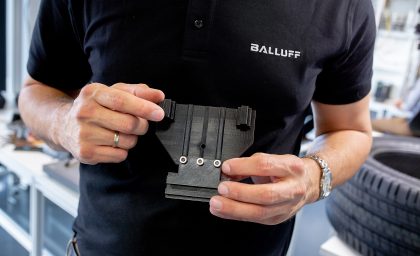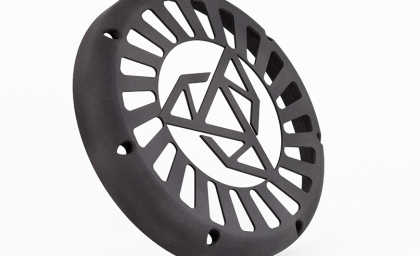3D printing of spare parts
The costs of spare parts are usually more than 60% of all the operation maintenance costs in industry. The use of professional 3D printers in many sectors has already become a standard. A growing number of companies perceive the pronounced advantages of the opportunity to make 3D printouts of industrial machine elements which get worn and torn in the daily operation.
Industry may not allow for downtimes or freezing money in spare parts. 3D printing helps companies solve the problems with operation maintenance, overloaded warehouses and delays in delivery of finished products to end customers.





